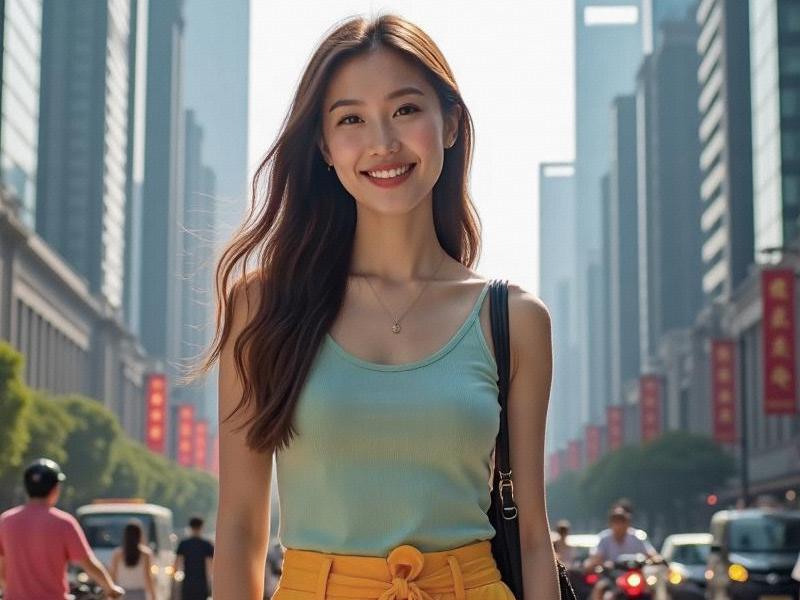An investigative report on how Shanghai is reinventing urban development paradigms by synthesizing cutting-edge technology with intangible cultural heritage preservation

I. The Paradoxical Metropolis (2025 Snapshot)
• Population: 28.7 million (63% permanent residents)
• GDP Contribution: 4.8% of national total
• Cultural Expenditure: ¥312 billion annual investment
• Tech Patents: 38,500 filings in Q1 2025
II. Architectural Alchemy
1. Spatial Innovations:
- "Vertical Lilong" hybrid housing complexes
- Flood-resilient Bund extension project
- 94 heritage buildings with adaptive reuse
- Quantum computing center disguised as Song Dynasty garden
爱上海419论坛
2. Signature Developments:
• The Cloud Needle: 888m tower with vertical forests
• Digital Water Town: AI-reconstructed Zhujiajiao
• Huangpu Data River: Subsurface server farms
III. Cultural-Tech Fusion
• 24/7 holographic opera performances
• Blockchain-authenticated artisan markets
• AR-enhanced calligraphy pavilions
• 57% of museums now featuring neuro-art exhibits
新夜上海论坛
IV. Economic Reconfiguration
• Emerging Sectors:
- Bio-electronics (37% annual growth)
- Carbon-neutral finance (¥7.8 trillion volume)
- Space tourism logistics (12 startups)
- AI-curated luxury experiences
V. Global Benchmarking
• Comparative Advantages:
- 43% higher R&D density than Silicon Valley
上海水磨外卖工作室 - 68% more UNESCO listings than Paris
- 52% greater metro efficiency than Tokyo
- 39% faster 6G rollout than Seoul
VI. The Human Dimension
• "Digital Natives with Ink Brushes" phenomenon
• 89% residents practicing hybrid traditions
• Youth entrepreneurship rate at 28%
• 76% satisfaction with work-life integration
"Shanghai has cracked the code of being simultaneously futuristic and ancestral," observes urban sociologist Dr. Emma Liang. "Its true innovation lies in making technological advancement feel culturally inevitable rather than imposed."
With 83 heritage-protected neighborhoods now housing tech incubators, and 67% of historic sites generating their own digital twins, Shanghai presents a radical model for 21st century urbanism - one that refuses to choose between past and future.